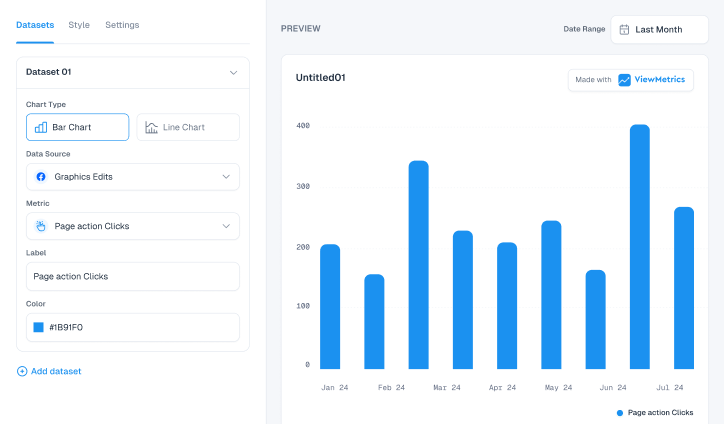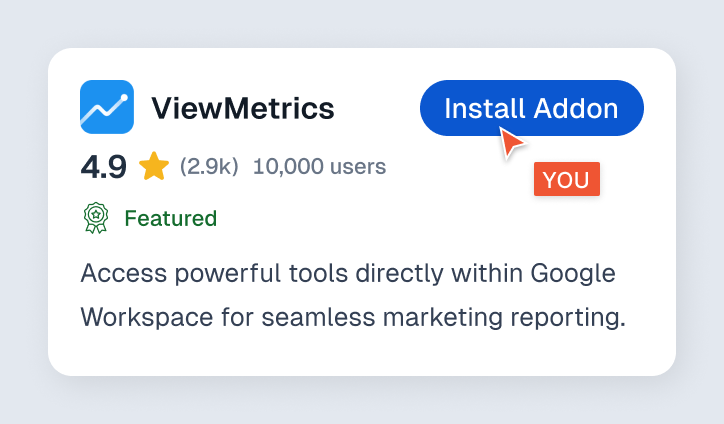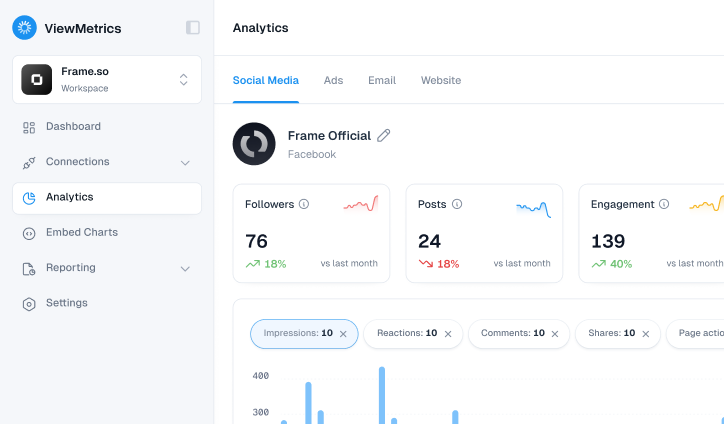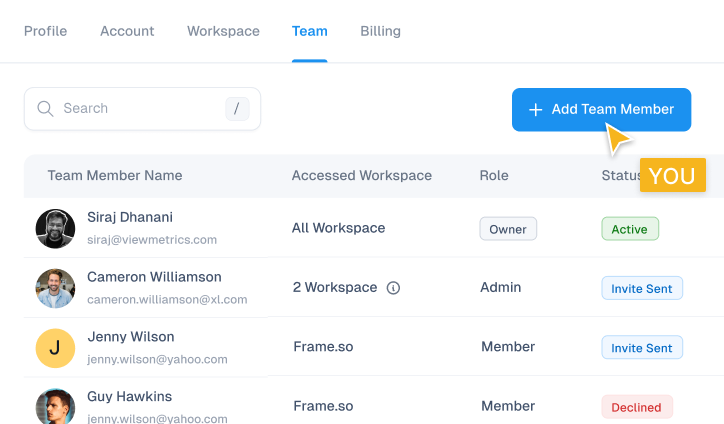Summary for the Blog
- An API (Application Programming Interface) is a set of rules that allow software systems to talk to each other.
- The integration process involves identifying APIs, understanding their functions, creating a connection, exchanging data, and handling errors.
- Adopting an “API-first” approach provides benefits like improved efficiency, scalability, cost savings, and a better user experience.
- Real-world examples include social media logins, real-time stock quotes, and payment gateways.
What Is an API (Application Programming Interface)?
An API (Application Programming Interface) is a set of rules that allows different software systems to communicate. It defines how applications request and exchange data, enabling seamless interaction between programs.
What Is API Integration?
API Integration is the process of connecting two or more software applications through their Application Programming Interfaces (APIs) to enable seamless data exchange and functionality sharing.
APIs act like messengers that allow different systems to “talk” to each other. By integrating APIs, businesses can automate tasks, improve workflows, and reduce manual work. For example, an e-commerce store might integrate its payment gateway, inventory system, and shipping provider using APIs so that everything works together in real time.
Why is API Integration Important in an API-First World?

In today’s digital world, APIs (Application Programming Interfaces) are essential for modern software development. An API-first approach means that companies focus on building and designing APIs as the foundation of their digital services. This approach has several advantages, including:
- Better scalability: APIs allow different systems and applications to work together smoothly, helping businesses grow efficiently and meet increasing needs.
- Improved customer experience: APIs can be used to create personalized and engaging digital experiences for customers, leading to higher satisfaction and loyalty.
- Faster development: By using existing APIs, developers can create new applications and features more quickly, reducing the time it takes to bring products to market and encouraging innovation.
- Increased revenue opportunities: APIs can be used to create new ways to make money through partnerships, licensing, and selling data.
View All Your Marketing and Website Data - Instantly
Connect Instagram, Mailchimp, Google Analytics & more
Pre-built dashboards, no setup needed
Save hours on reporting every week

How Does API Integration Work?
Integrating APIs often involves these steps:
- Identify the APIs: Determine which APIs you need to connect to other systems.
- Learn About the APIs: Understand how the APIs work, including their endpoints, data formats, and responses.
- Create a Connection: Set up a connection between the systems using methods like API keys or OAuth.
- Send and Receive Data: Exchange data by sending requests to the API and processing the responses.
- Handle Errors: Be prepared for potential problems and have ways to deal with them.
Let’s understand this with the help of an example:
- Find the right APIs: Suppose you’re running an e-commerce website and want to allow customers to pay with their credit cards. You’d first identify a suitable payment gateway API, such as Stripe or PayPal.
- Learn about the APIs: Once you’ve chosen Stripe, for example, you would study its documentation to understand how it works. You’d learn about its endpoints for processing payments, how to authenticate requests, and what data is required (like the amount, currency, and customer information).
- Create a connection: You’d set up the connection between your website and Stripe by obtaining an API key from Stripe and configuring OAuth for secure communication. This connection allows your website to securely communicate with Stripe’s servers.
- Share data: When a customer makes a purchase, your website sends the payment details (like the amount and credit card information) to Stripe’s API.
- Process the data: Stripe processes the payment and sends back a response, such as whether the payment was successful or if it failed.
- Handle errors: If Stripe’s API returns an error, like insufficient funds or an invalid card number, your website would catch this error and notify the customer, prompting them to correct the issue or try a different payment method.
Examples of API Integration
Have you ever wondered how your favorite apps seamlessly connect to other platforms, allowing you to access your data and perform various actions? The magic behind this interconnectedness is called API integration.
For example, imagine you have a weather app on your phone. This app uses an API to get the latest weather updates from a news organization. The API acts as a messenger, delivering the weather information to your app without the app needing to know how the news organization gets its data.
Another example is a food delivery app like Swiggy. When you select your preferred restaurant and items, the app communicates with the restaurant’s system through an API to place your order, process payment, and provide delivery updates. These are just a few examples of how API integration simplifies our lives and enhances the functionality of numerous applications we use daily.
Few Other Examples of How API Integration Works
1. Social Media
- User authentication: Imagine logging into a website using your Facebook account instead of creating a new password. This is made possible by integrating a Facebook API. The website can verify your identity through Facebook, streamlining the signup process.
- Content sharing: Ever wanted to quickly share an article from a website to your Twitter? This is done using social media APIs. The website integrates with Twitter’s API, allowing you to directly share content to your Twitter feed with a single click.
2. Finance
- Data Aggregation: Financial institutions can combine data from various sources, such as bank accounts, credit cards, and investment portfolios, to provide comprehensive financial overviews. This is achieved through API integrations that allow for the seamless collection and analysis of financial data.
- Fraud prevention: To protect their customers from fraudulent activities, banks, and financial institutions can integrate with fraud detection APIs. These APIs analyze transaction patterns and identify suspicious activities, helping to prevent financial losses.
- Investment Platforms: Online investment platforms often offer real-time stock quotes and trading capabilities. This is made possible by integrating with financial data providers’ APIs. These APIs deliver up-to-date market information, enabling investors to make informed decisions.
Also Read: Master Marketing Mix Modeling for Strategic Success
What are the Benefits of API Integration?
1. Improved Efficiency
API integration can streamline your processes and save time. Instead of manually transferring data between applications, APIs can automate this task. This can be especially helpful for repetitive tasks like payroll processing. By allowing systems to communicate and share information, APIs can improve overall efficiency.
2. Increased Scalability and Flexibility
API integration allows businesses to avoid reinventing the wheel for every new service or application. By enabling different systems to talk to each other, share information, and work together, businesses can expand and grow more easily. This leads to improved scalability and flexibility.
3. Cost Savings
API integration can help businesses save money in several ways. By automating data entry, you can reduce the risk of errors and save on labor costs. Additionally, using APIs can help you avoid the need for custom development, allowing you to leverage existing systems and services. This can lead to significant cost savings in the long run.
4. Better User Experiences
API integration allows teams to enhance their applications by incorporating features from third-party services without having to build them from the ground up. This can lead to improved user experiences as teams can quickly add valuable functionalities like payment processing, mapping, or social media integration.
Closing Thoughts
API integration is a powerful way to connect different systems, enhancing their functionality and making our digital experiences smoother. By linking applications and automating processes, APIs not only improve efficiency but also offer flexibility and cost savings.
Embracing API integration helps businesses adapt and grow while delivering better experiences for users.
Seamlessly integrate your marketing platforms and generate reports effortlessly with ViewMetrics!
View All Your Marketing and Website Data - Instantly
Connect Instagram, Mailchimp, Google Analytics & more
Pre-built dashboards, no setup needed
Save hours on reporting every week

Frequently Asked Questions About API Integration
Are APIs free to use?
The cost of an API depends on the provider and its specific features. Some are free, while others require a subscription or per-use fee.
What is an API management platform?
It’s a tool for creating and managing API endpoints. These endpoints can interact with other applications, databases, files, or perform specific tasks.
What are the different types of APIs?
There are four main types: Public, Partner, Internal, and Composite. The type you use depends on your integration needs.
What is an API systems integrator?
It’s an individual or company that helps clients build and maintain API-based integrations.












